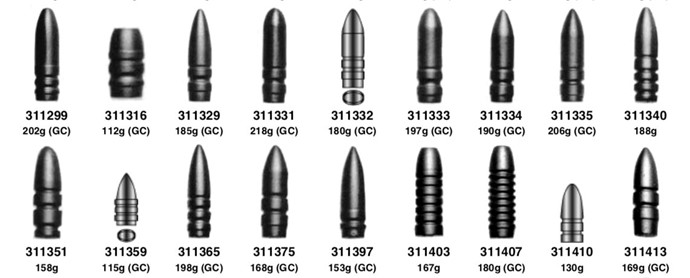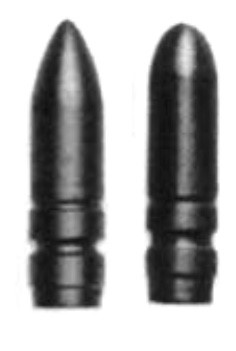Tom Acheson
posted this
04 December 2022
Yes, John, an interesting subject and everyone “has their own way” and no one way is “the way”. I bet the responses on this one will not be brief!
I don’t acquire very many new guns, since when I have one I’m working with, I shoot the heck out of it over several seasons of CBA match shooting. Besides, I’m retired and should be downsizing! And everything I shoot are cast bullets, so most commercial loading manuals are not considered and the “experts” on the interweb cannot be trusted.
So my main reference is the CBA Fouling Shot publication. (Also consider the Lyman Cast Bullet handbook. But that book has limited cartridges, so for a wildcat round, it won’t help all that much.) Look for a cartridge similar to mine and a similar bullet weight. That leads you to two or more different powders. (Primers are the last variable to explore.) This assumes you can acquire any powder you want to mess with.
Determine maybe (2) loads short of and (2) loads greater than the examples in the Fouling Shot. Make each test load 0.5-grain less than or more than the example load. Put each group of (5) loads in its own zip lock bag and number the bag with a long multi character, impossible to memorize label. At home write down the number and corresponding charge weight on a piece of paper and leave the list at home. Shoot the rounds, label each 5-round target group with the goofy bag number. At home you can connect the dots. Pairing up the goofy long number on the target with the list @ home tells you what powder charge has merit. This gets things started. As experience with the round and rifle increases, you can experiment with a close group of potential variables.
Why this exercise?
Any bias you introduce in choosing a powder charge weight and knowing what it is when you are shooting the test loads, is removed. You don’t know, as you pull the trigger, what load you are shooting.
A final comment on powder charge weight. I visited a good friend who happened to be loading rounds for an upcoming match. He was using one of those motorized very precise powder tricklers. He is a really good shooter. So I thought…some of my high and low hits when group shooting @ a match, MIGHT be the result of powder weight variability. So for my next match loading session I used my old RCBS powder trickler to get each load to be “exactly” the same. The groups @ the next match were a bit smaller than they had been averaging in recent previous matches. But I haven’t convinced myself to buy a “gizmo”….yet.
While some may advise to ignore powder charge weight, be careful how much stock you put into that. One influence here is the volumetric capacity of the case. Small capacity cases are more sensitive to powder charge weight variability than large capacity cases. This past year I was using a 22BR case and 8.0-grains of 4756. Small capacity case, small powder charge and a small 80-grain cast bullet. I recently loaded some 308 Winchester rounds using 25.0-grains of 4198. I did not trickle those loads. My 40-70 Sharps BPCR uses 68.0-grains of black powder and no trickling takes place there either. I used to be in the camp of minimizing interest in powder charge weight variability but no longer.
YMMV, FWIW
Tom

























